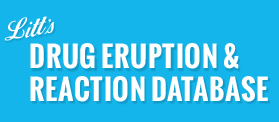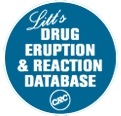The American Herbal Products Association (AHPA) gives hawthorn a class 1 safety rating, indicating that it is very safe. However, hawthorn should be used with caution in patients with heart disease.
- SCIENTIFIC NAMES: Crataegus laevigata; Crataegus monogyna; Crataegus oxyacantha; Crataegus pentagyna
- INDICATIONS: Amenorrhea, arrhythmias, atherosclerosis, diuretic, hyperlipidemia, hypertension, hypotension, sedative, appetite stimulant, arthritis, enteritis, indigestion, sore throats. Topical: boils, sores and ulcers.
- SYNONYM: Rosaceae
- CLASS: Cardio-stimulant
- HALF-LIFE: N/A
- CLINICALLY IMPORTANT, POTENTIALLY HAZARDOUS INTERACTIONS WITH:
Clevidipine, Squill, Vasodilators
Please login to view the rest of this drug profile.
Page last updated 08/20/2025




